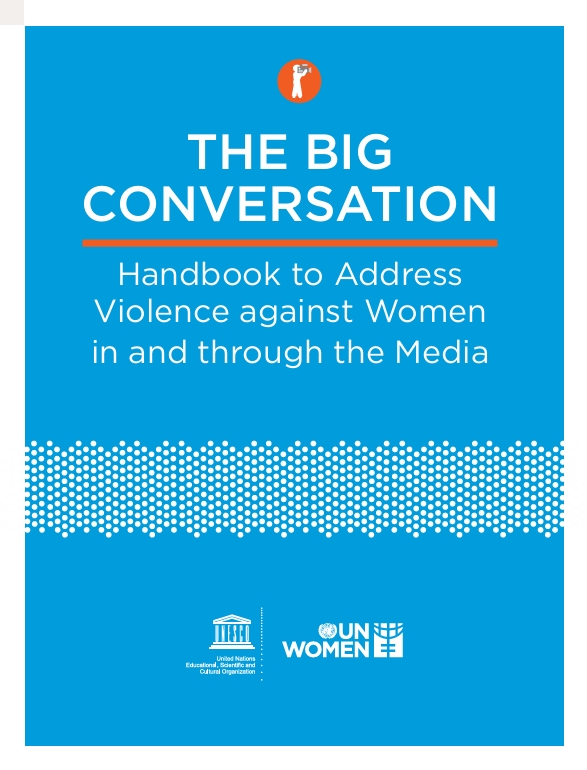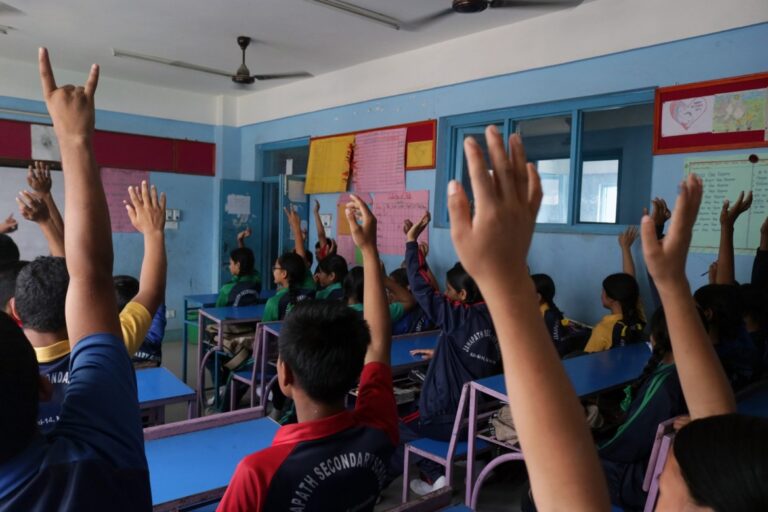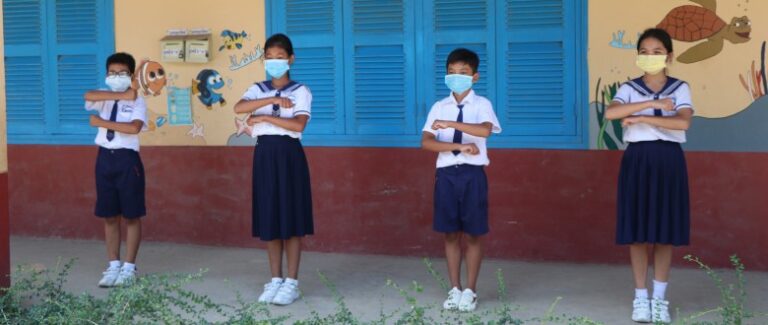Introduction
Violence against Women and Girls (VAWG) is recognized globally as a severe human rights violation that affects women’s and girls’ health, safety, productivity, and overall well-being. It both results from and reinforces gender inequality, hindering the realization of their rights. Despite ongoing efforts, VAWG rates remain distressingly high, with one in three women worldwide experiencing physical and/or sexual violence at some point in their lives, and up to seven in ten in some countries (WHO, 2013).The enduring challenge is addressing the societal attitudes, beliefs, and behaviors that perpetuate gender inequality, discrimination, and negative stereotypes—root causes of VAWG. Tackling these issues is central to effective prevention work.To combat this, UN Women, alongside the ILO, OHCHR, UNDP, UNESCO, UNFPA, WHO, and other stakeholders including civil society, developed the United Nations Framework to Underpin Action to Prevent Violence Against Women (2015). This framework underscores the necessity of a comprehensive, multi-faceted approach to prevention, integrating interventions at individual, relational, communal, and institutional levels. It highlights eleven key intervention points, including schools, workplaces, sports organizations, male-dominated institutions, health and justice services, security and transport, community engagement, local and national governments, and media.This Handbook offers guidance for UN and other entities working with media organizations to advance gender equality and prevent violence against women and girls. It focuses on two main areas:
- Working with Media Internally: Promoting gender equality within media organizations.
- Working with Media Externally: Utilizing media channels to disseminate values of diversity, equality, and non-discrimination through their content.
The handbook provides specific guidance on:
- Strengthening the Enabling Environment: Creating supportive conditions for gender equality and violence prevention.
- Promoting Positive Institutional Approaches: Encouraging media institutions to adopt and implement positive practices.
- Engaging with Media for Changing Social Norms: Leveraging media to influence and transform societal attitudes and behaviors.






